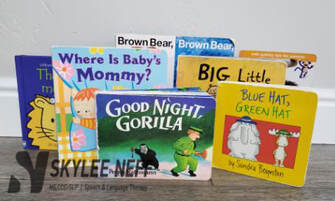
Reading with toddlers is important.
How and what you read with toddlers is even more important.
I have created a list of 7 books that are perfect for reading with your toddler! All of these books require nothing special from you. Just read them with your child and feel like a language rock-star!
How and what you read with toddlers is even more important.
I have created a list of 7 books that are perfect for reading with your toddler! All of these books require nothing special from you. Just read them with your child and feel like a language rock-star!
What makes a great toddler book?
There are so many fabulous books available for your toddler. How can you possibly choose which books to buy/borrow without getting them all???
The best books all have a few things in common:
1) pages are not too wordy
2) use action and describing words
3) have repetitive themes
4) use pictures to help tell their story
The best books all have a few things in common:
1) pages are not too wordy
2) use action and describing words
3) have repetitive themes
4) use pictures to help tell their story
Great books teach action words
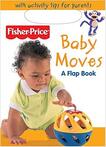
Baby Moves by Fisher-Price
I love this book because it has real life pictures of toddlers and babies doing things like blowing bubbles and eating a banana, and even better, it has flaps of before and after each action!
Baby Moves by Fisher-Price
I love this book because it has real life pictures of toddlers and babies doing things like blowing bubbles and eating a banana, and even better, it has flaps of before and after each action!
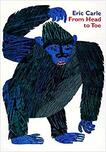
From Head to Toe by Eric Carle
My ultimate favorite action word book. This book is interactive and fun! While reading this book you can describe actions, name body parts and get moving from "head to toe".
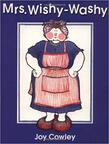
Mrs. Wishy-Washy by Joy Cowley
This is a great story to talk about how animals can move and to get kids participating in the book. I love to have my toddlers help Mrs. Wishy-Washy scrub each animal clean.
Great books teach describing words
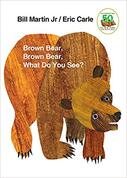
Brown Bear, Brown Bear, What Do You See? by Eric Carle
This classic children's book helps children learn animals, colors and then practice combining the two concepts together. Its repetitive theme is a huge plus!
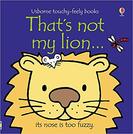
That's not my lion... by Fiona Watt and Rachel Wells
This is part of a series of board books created by Usborne that you teach about texture and compare/contrast features. Touchy-feely books are super interactive!
Other great describing word books include:
Big Little by Leslie Patricelli,
Blue Hat, Green Hat by Sandra Boynton,
Dinosaur Roar! by Paul and Henrietta Stickland
Great books teach location words
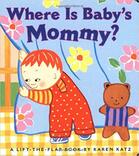
Where is Baby's Mommy? by Karen Katz
I LOVE that this book allows kids to "play" hide and seek while learning all kinds of location words! "Check to see if Mommy is behind the chair!" I do recommend reinforcing the flaps of these kinds of books with packing tape.
I LOVE that this book allows kids to "play" hide and seek while learning all kinds of location words! "Check to see if Mommy is behind the chair!" I do recommend reinforcing the flaps of these kinds of books with packing tape.

Good Night, Gorilla by Peggy Rathmann
One of the best "not too wordy" books out there. This book gives you the freedom to talk about where the animals are, where they are going, and follow that silly Gorilla through his adventures.
One of the best "not too wordy" books out there. This book gives you the freedom to talk about where the animals are, where they are going, and follow that silly Gorilla through his adventures.
How do I use great books?
First suggestion: especially for toddlers, I highly recommend that you buy or borrow the real book! Kindle versions are not the same thing. I like to see kids holding books, turning pages, and exploring real text in their hands. You'll find you get more language and a deeper experience with a print version. There are some advantages to e-books but for language development I would stick with print versions.
Want to learn more? Check out my Speech and Language Resources page for a HUGE list of books appropriate for children birth-3 years old AND in my BEST Toddler Tips handout you will find a list of tried and true tips for reading books with your toddler.
Want to learn more? Check out my Speech and Language Resources page for a HUGE list of books appropriate for children birth-3 years old AND in my BEST Toddler Tips handout you will find a list of tried and true tips for reading books with your toddler.




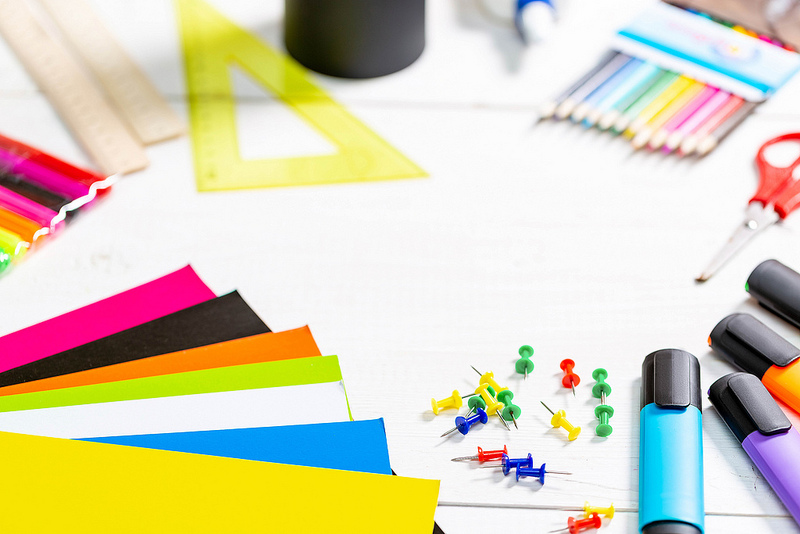
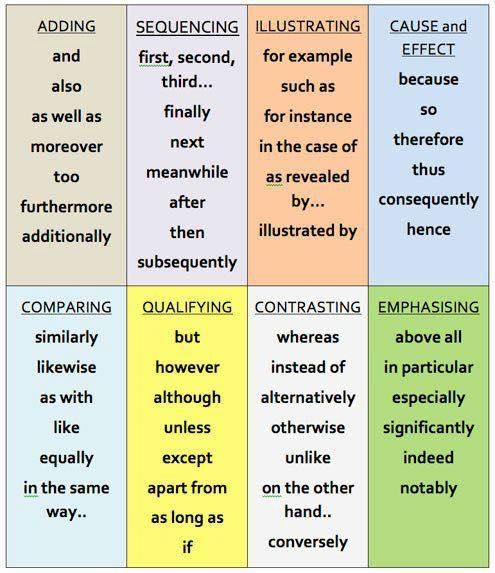
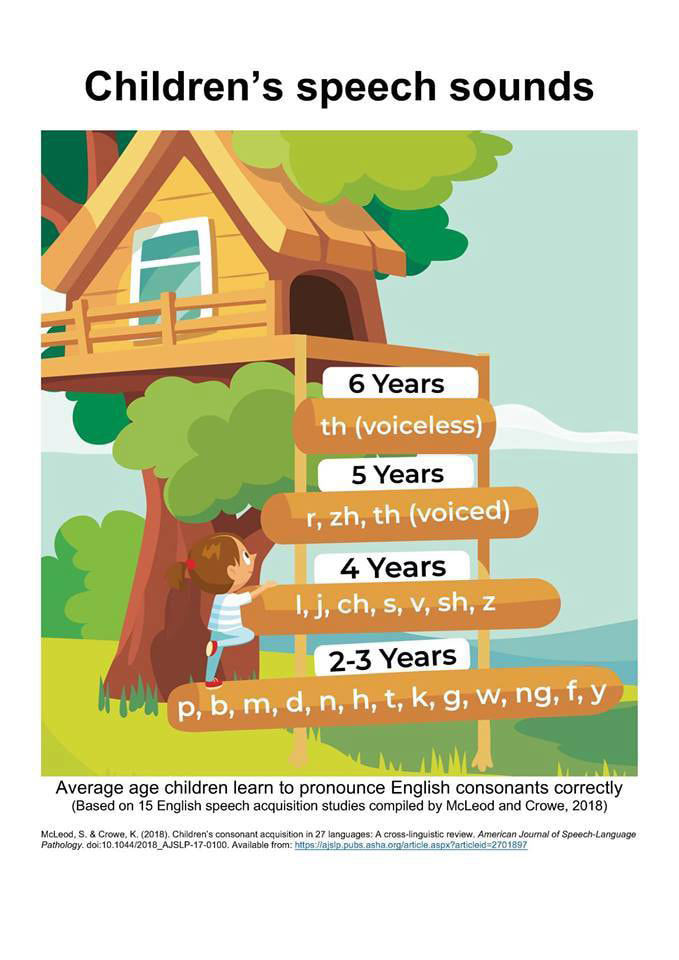
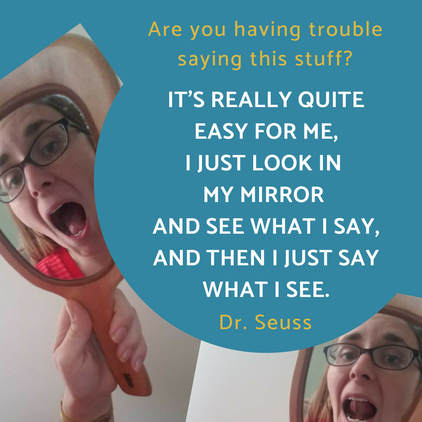
 RSS Feed
RSS Feed
